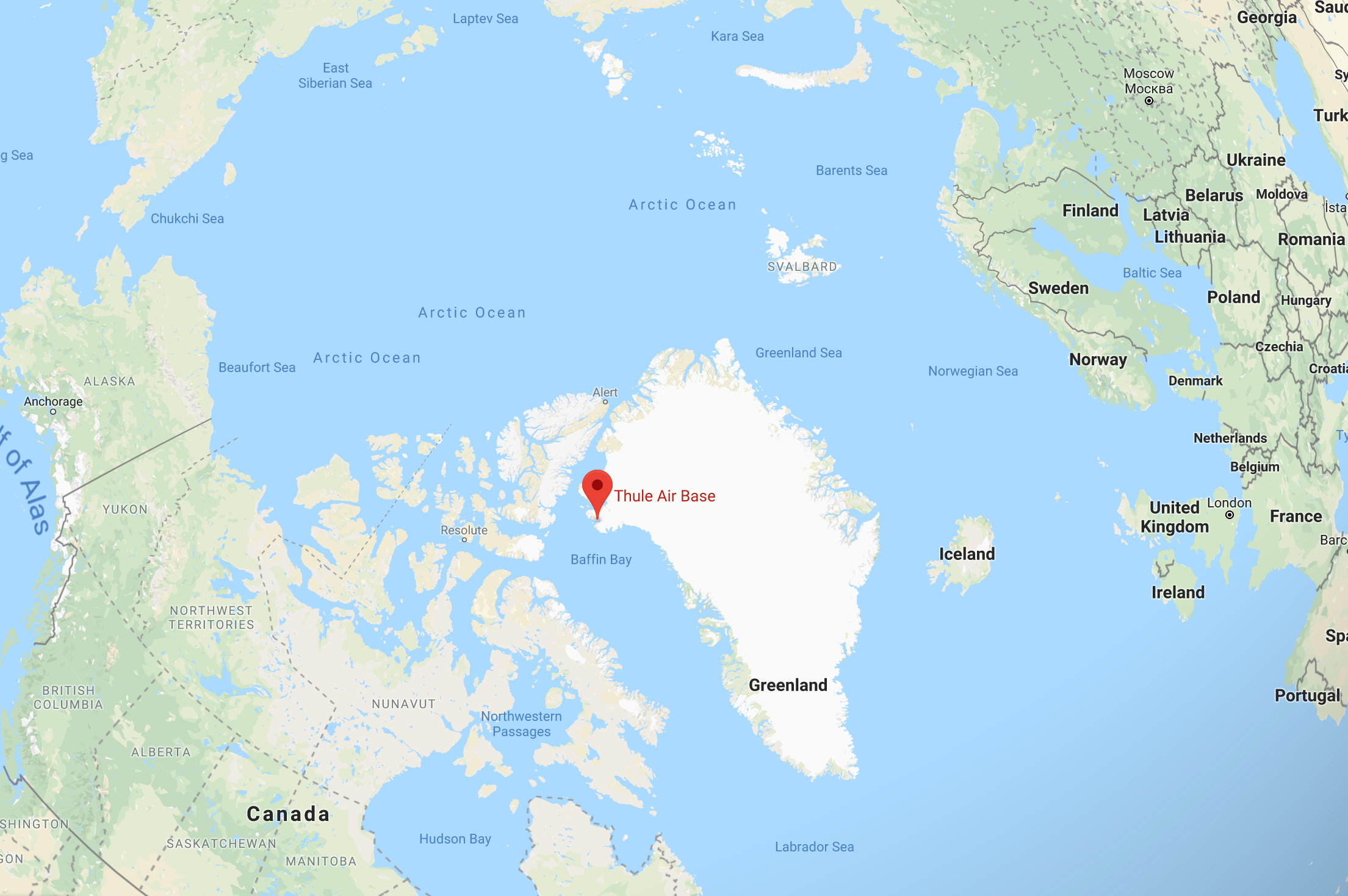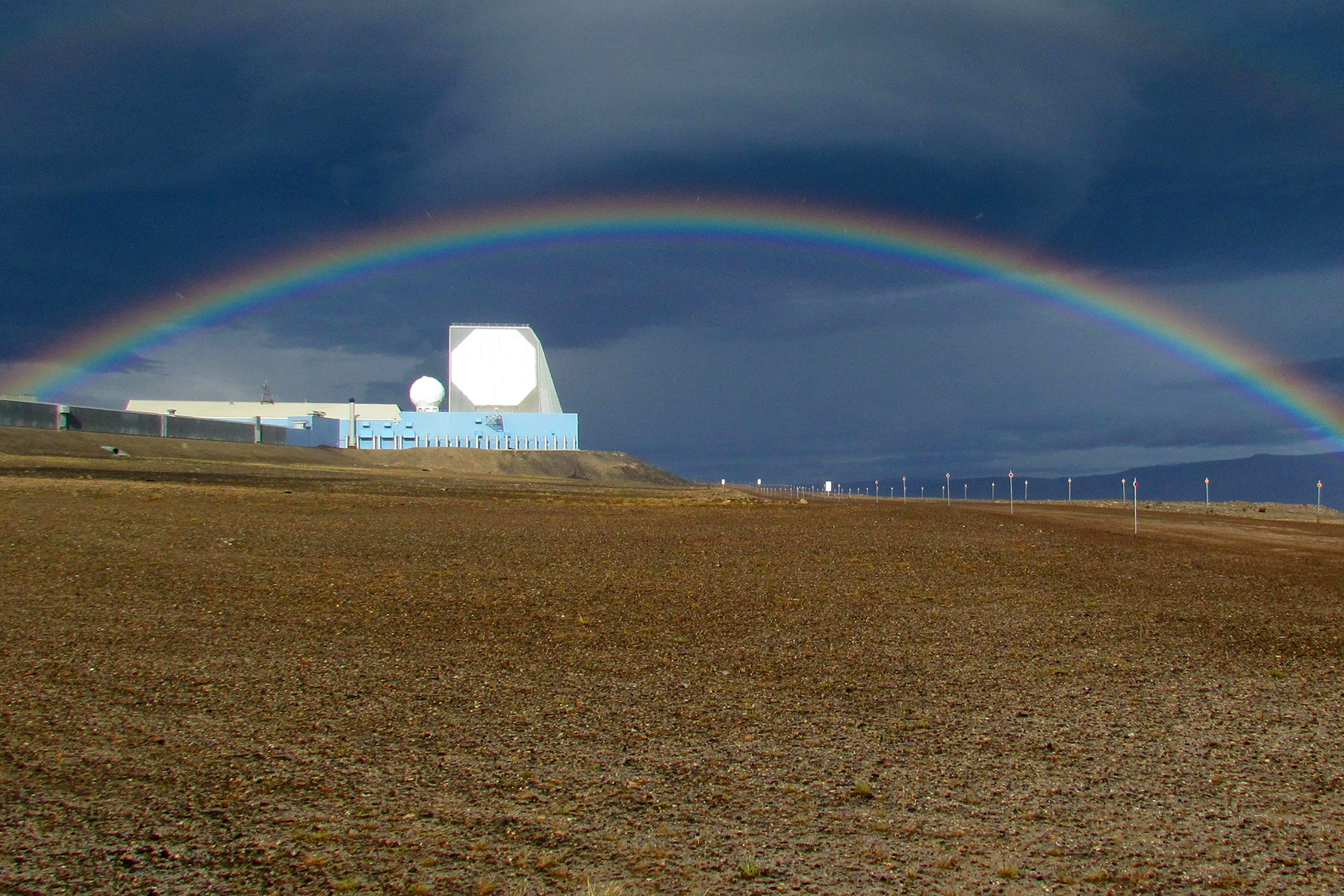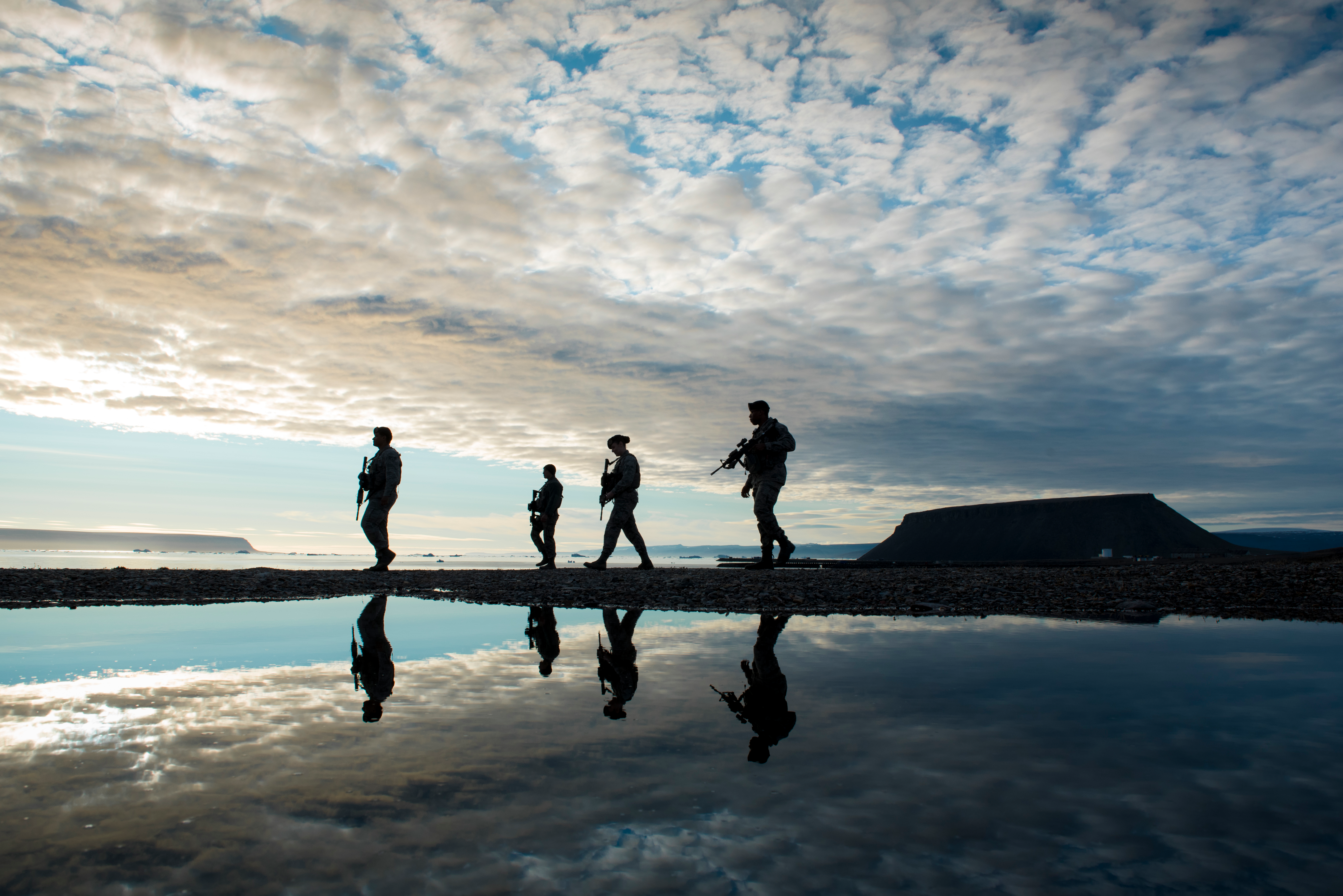Why The Pentagon Wouldn't Even Want Greenland
Late last week, America's attention was successfully diverted from unsettling economic news by the latest shiny bauble: news that President Donald Trump has discussed the idea of buying Greenland. The fact that Greenland was never for sale aside, owning Greenland would not be all that useful to the United States. At least, not militarily.
First, a little background. Greenland is the world's largest island, and at 836,000 square miles it's more than twice the size of Texas. The island straddles the North Atlantic and Arctic seas, and its closest neighbors are the Canadian province of Nunavut and Iceland.
Politically, Greenland is a part of Denmark but retains significant autonomy. Fifty-seven thousand people live on Greenland, mostly Inuit, with a small minority of Danes. Denmark is largely covered with ice but quickly defrosting, thanks to climate change, melting glaciers and making lots of room, in theory, for military activities.

Danish Prime Minister Mette Fredericksen, called Trump's idea "an absurd discussion" and stated, "Greenland is not Danish. Greenland is Greenlandic. I persistently hope that this is not something that is seriously meant."
The U.S. military's history with Greenland goes back to 1940, before America's entry into World War II. After the German occupation of Denmark the island's political fate was in free fall. There was also the matter of a strategically important cryolite—a key mineral used in the production of aluminum—mine on the island. The U.S. wasn't yet a combatant so it sent the Coast Guard to set up a presence on the island, with discharged Coast Guardsmen protecting the cryolite mine (an endeavor that sounds suspiciously like a private military corporation.) After Pearl Harbor the U.S. set up air and naval bases on the island, which became a way station for U.S. forces flowing into Europe.
During the Cold War Greenland was considered part of the so-called GIUK Gap, or Greenland-Iceland-United Kingdom Gap. The three locations formed a rough line through which Soviet naval forces would need to pass to enter the wider Atlantic Ocean, where they could threaten, again, U.S. forces flowing into Europe. In the event of World War III NATO would have struggled mightily to keep Soviet forces north of the gap, particularly Soviet submarines, allowing American convoys to safely cross the Atlantic.
The Cold War also saw the construction of Camp Century, a nuclear powered military base buried under Greenland's snow and ice sheet. Ostensibly a base for Arctic research, Camp Century was actually a cover for the proposed deployment of several hundred "Iceman" missiles, a variant of the Minuteman missile that would be aimed at the Soviet Union. The difficulty of operating under such bitterly cold conditions and the development of longer range intercontinental ballistic missiles resulted in Camp Century's cancelation in 1963.
Today, Greenland is home to Thule Air Force Base, a U.S. Air Force installation and, as Defense News points out, the Pentagon's only permanent military base north of the Arctic Circle. Thule is home to the 12th Space Warning Squadron and their AN/FPS-132 early warning radar, designed to detect an incoming Russian missile attack on the continental United States. The gigantic radar is also useful for keeping track of space objects in low earth orbit and sits permanently under an enormous rainbow.

Why would the Pentagon want Greenland? It's is one of those few places on Earth that everyone is vaguely aware of that everyone assumes must be important because, well, it's more than twice the size of Texas. No matter where any land mass is, if it's that big it must be important. Somehow.
But the truth is, Greenland just wouldn't be all that useful as an addition to the U.S. military empire. Eight hundred thousand square miles of pristine land and empty airspace sounds like a training officer's dream, but there's a reason why nobody else is there—the weather is terrible.
Camp Century, just 150 miles from Thule Air Force Base faced appalling weather conditions, including, "temperatures as low as -70°F, winds as high as 125 miles per hour, and an annual snowfall of more than four feet." Any combat-related units based there would suffer in training, often it just be too cold to go outdoors. Arctic training can take place in Alaska, which America already has.

Greenland is relatively close to arctic Russia, but so are many other places. There are closer, more hospitable places to deploy American forces—places like Iceland, the United Kingdom, or Norway, for example. What use the Pentagon can squeeze out of Greenland can be achieved through basing agreements with Denmark, a NATO ally. Thule Air Force Base hums along quite nicely without being a part of the United States, though locals are probably now grumbling about America's Commander-in-Chief wanting to take the island. (Weirdly, they're not wrong.)
Greenland might be useful as an American territory in other ways—the island is rich in natural resources, including hydrocarbons, gold, diamonds, uranium, and all-important rare earth elements. As the glaciers melt and the Earth warms, it could provide new lands for Americans escaping rising sea levels.
As a military territory however Greenland is about as important to America as it is to anyone else. Could a balmy Greenland be useful decades down the road? Sure, but by then the U.S. military will have bigger problems on its hands.
